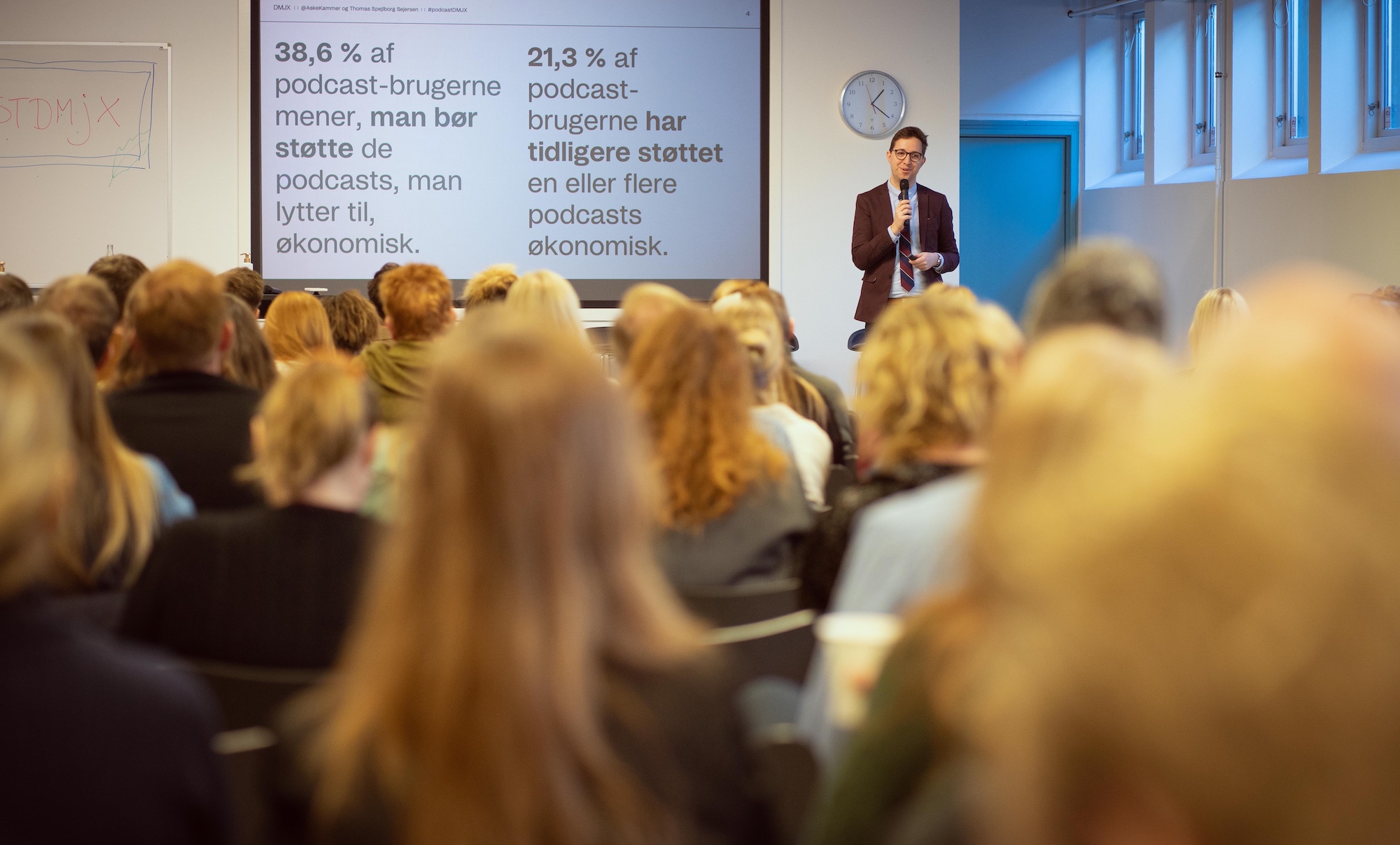In the global and digital media landscape, international streaming services such as Netflix and Amazon Prime become more and more popular. In Denmark, they account for increasing shares of viewing, and Danes spend increasing amounts of money on streaming. A recent report from the Agency for Palaces and Culture maps this development (the report is in Danish).
In order to support the production of Danish audiovisual content, the Danish government has decided to make it mandatory for streaming services to contribute to such production. The current media-political agreement says that streaming services must “invest 2 percent of their turnover in Denmark in the form of direct investments in new, Danish-language content” (my translation). The exact model for this scheme is, however, not outlined yet.
Contributing to the
The manuscript for my testimony is in Danish and can be accessed here.
For people interested in this subject, I can recommend two other documents. First, Professor Karen Donders has put together the report “Obligations on on-demand audiovisual media services providers to financially contribute to the production of European works“, which analyzes how nine European countries deal with this issue. Second, in 2017, a Danish expert group analyzed the future of Danish content production and offered concrete proposals for policy solutions in the report “Fremtidens
